Ancient Encounters
Deccan Plateau Karnataka
Mother Masala Tours
Land of Empires
Deccan Plateau Karnataka. Stretching across eight Indian states and covering half a million square kilometers. The name "Deccan" originates from the Sanskrit term "Dakshin" meaning "south," signifying its position in Southern India. Over millennia, it has served as a cradle for dynasties like the Mauryas, Satavahanas, Chalukyas, Rashtrakutas, and later the Vijayanagara Dynasty, creating a vivid timeline of cultural and economic activity. Its varied terrain, ranging from arid zones to fertile valleys, supports diverse ecosystems and agricultural practices. Additionally, the Deccan Plateau holds an essential grip on India’s mineral wealth, with its rich reserves forming the backbone of industrial growth.
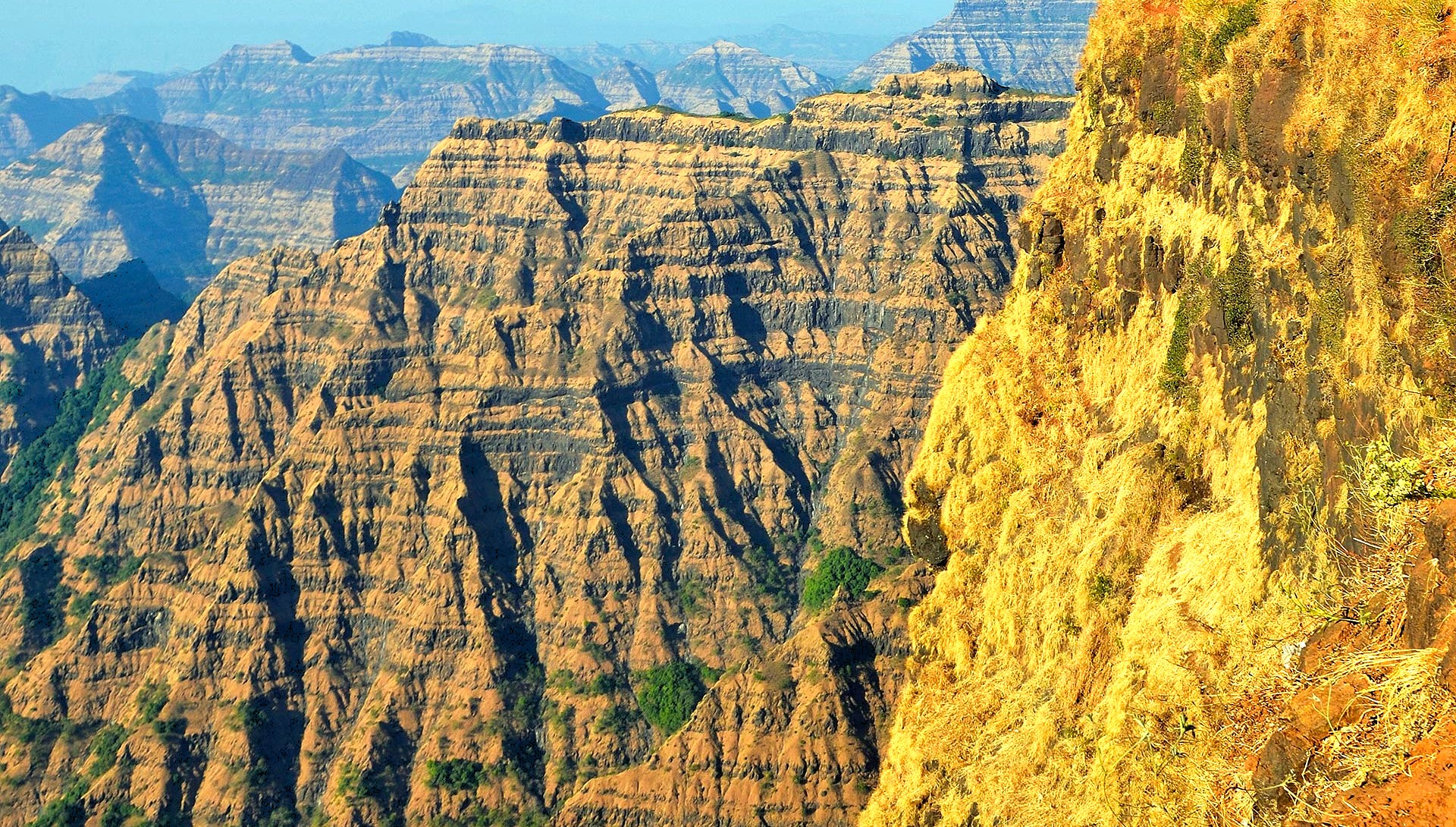
Deccan Plateau Karnataka: Land of Ancient Fire
The origins of the Plateau trace back 65 million years, shaped by immense volcanic activity during the late Cretaceous period. The eruptions, known as the Deccan Traps, formed one of the largest lava flows on Earth, leaving behind basaltic formations spread across roughly 500,000 square kilometers. These layers of solidified lava define its unique topography, with stepped landscapes resembling giant stairs. The volcanic activity coincided with the mass extinction event that wiped out the dinosaurs, making the region a significant geological phenomenon. Over millions of years, the plateau evolved into fertile terrain, later habitable for humans and animals alike.
Sacred Rivers Flow
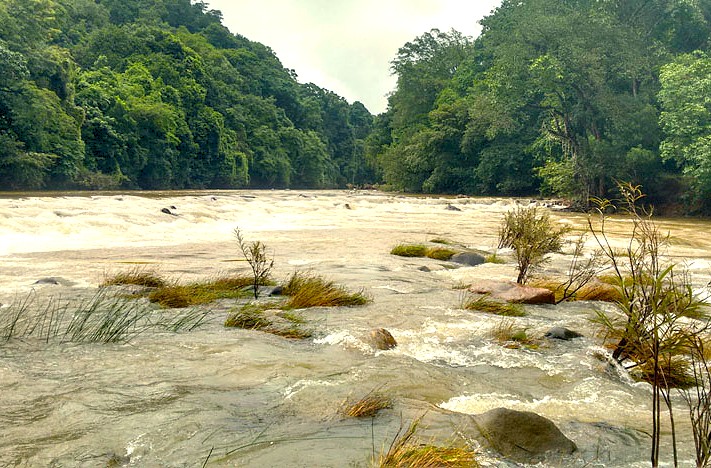
Nourished by some of India’s major rivers, including the Godavari, Krishna, and Tungabhadra rivers. These rivers, originating in the Western Ghats and flowing eastward, have historically supported agriculture and civilization. The Godavari, often referred to as "Dakshin Ganga," sustains populations across Andhra Pradesh, Telangana, and Maharashtra. The Krishna River, essential for irrigation, has supported traditional farming practices for centuries. Ancient texts reference these rivers not merely as water sources but as divine entities.
Early Settlements and Legacies
Deccan Plateau Karnataka. Archaeological excavations on the Plateau reveal human inhabitation as early as the Neolithic period, around 2000 BCE. The settlements at Wargal and Tekkalakota provide evidence of early agriculture, pottery, and cattle domestication. By 1000 BCE, the plateau witnessed the rise of Iron Age cultures, as seen in the megalithic burial sites at Raichur and Maski. Folklore attributes these regions to nomadic pastoralists who transitioned to settled farming. The terrain played a crucial role in shaping a self-sustaining agrarian society.
Rise of Empires
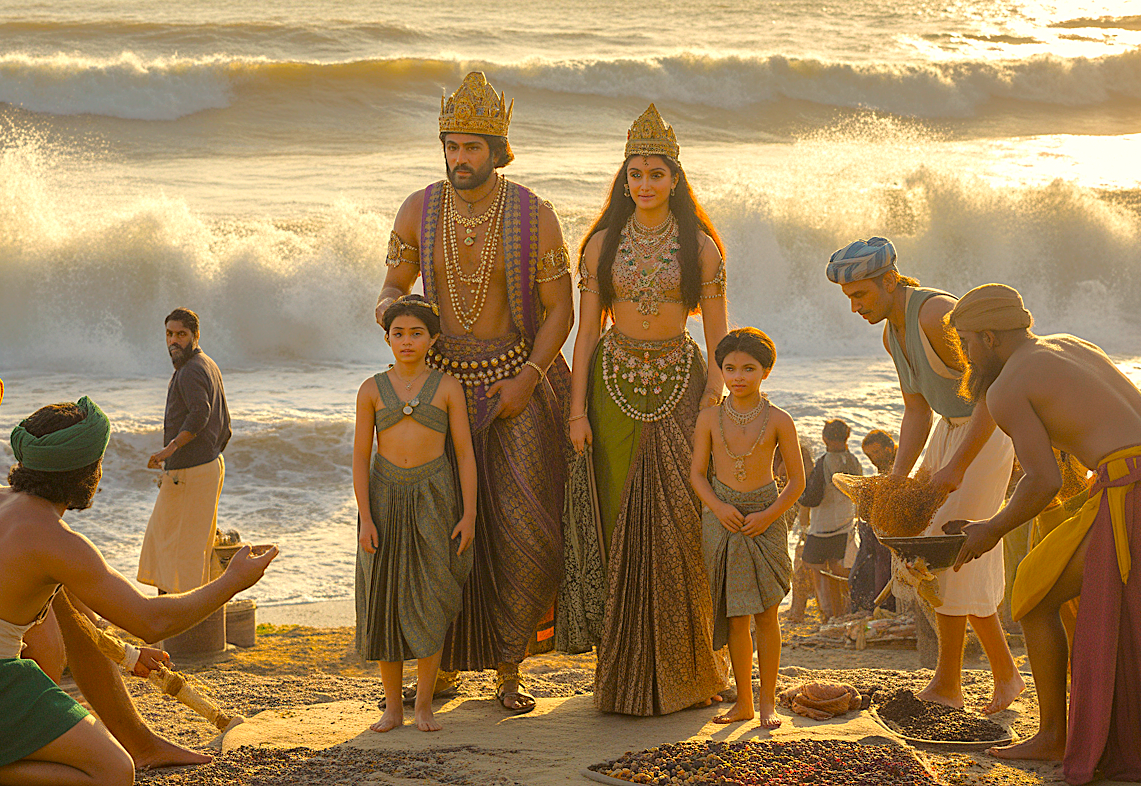
Served as the seat of power for some of India’s most influential dynasties. The Satavahana Dynasty dominated the region from approximately 230 BCE to 220 CE, ensuring trade flourished along the Silk Road and coastal routes via inland connections to the Arabian Sea. They were succeeded by the Chalukyas and Rashtrakutas, who shaped the cultural legacy of the plateau through temple construction, literature, and governance. Rulers defended the region from northern invaders, ensuring its distinct identity. These empires laid the foundation for systems that encouraged artistic growth and regional solidarity.
Temples of Stone
The art and spirituality thrived in its temples carved from stone. Among the most striking relics is the Ellora and Ajanta cave complex, a UNESCO World Heritage site carved between the 2nd century BCE and 8th century CE. These architectural masterpieces bring together Buddhism, Hinduism, and Jainism in their sculptures and murals. The Brihadeshwara Temple in Tamil Nadu, though south of the plateau, draws architectural lineage from the same spirit of precision. The religious and artistic confluence of ideas underscores the plateau’s culture.
Voices of the People
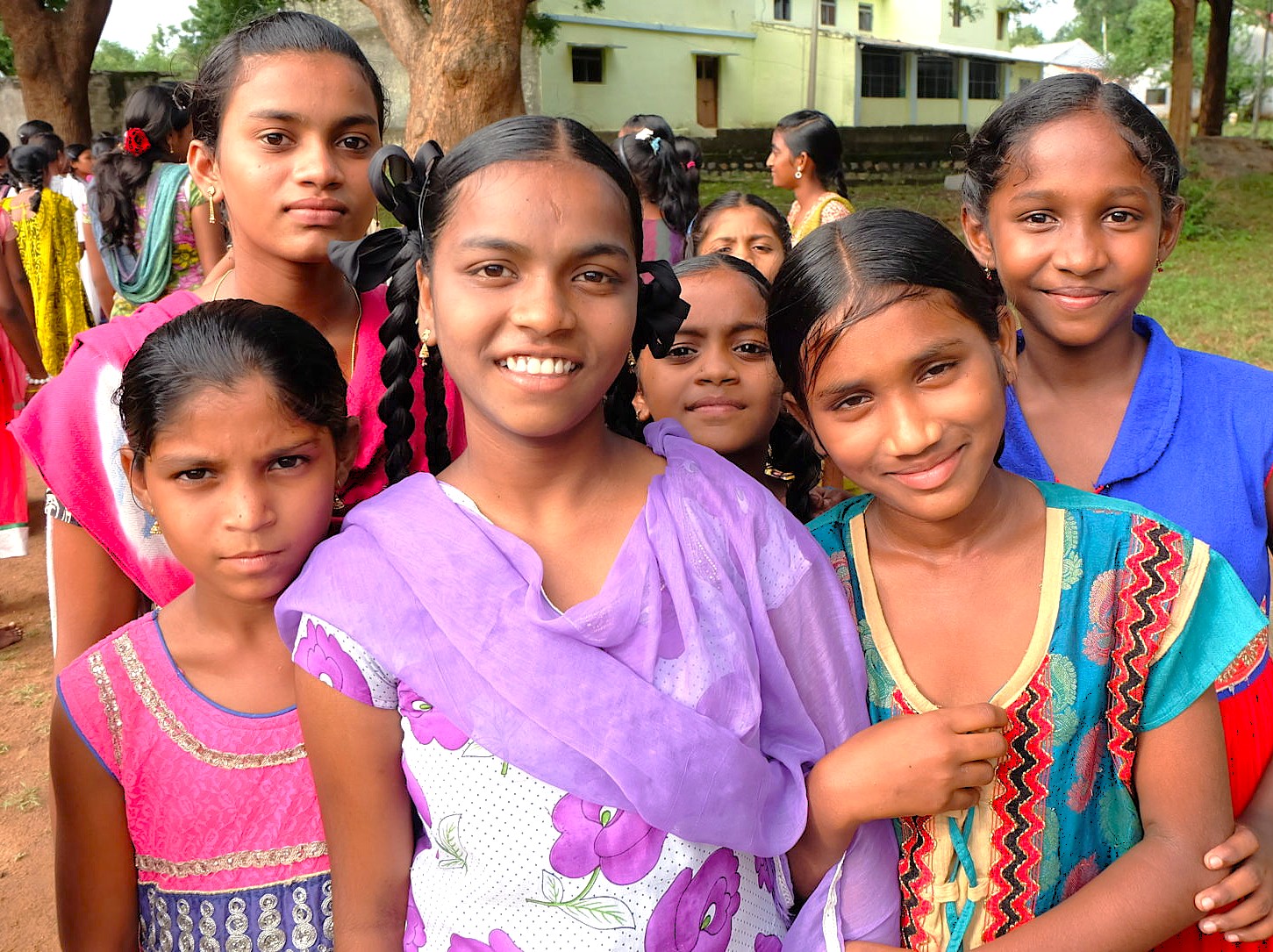
The Deccan Plateau is a fascinating crossroads of cultures, a welcoming place where many worlds meet in harmony. It is home to a beautiful confluence of languages, where you can hear Marathi, Kannada, Telugu, and Tamil spoken, showcasing its incredible diversity and rich history. This vibrant cultural landscape is further colored by the plateau's longstanding tribal communities, who add their own unique spirit. The Gonds and Bhils, for instance, have woven their special customs, captivating oral traditions, and lively dances into the very fabric of the region's identity. Over centuries, this wonderful blending of influences gave birth to the distinctive Deccani culture.
Ceremonies of the Calendar
Deccan Plateau Karnataka. Festivals reflect the agricultural and religious cycles of the year. Sankranti in January marks the harvest, while Kartik Purnima in November celebrates the sacred rivers. The Ganesh Chaturthi festival, immensely popular in Maharashtra, honors the deity traditionally associated with prosperity. These celebrations bring communities together, reinforcing traditions that have persisted for generations.
Scenes of Conflict
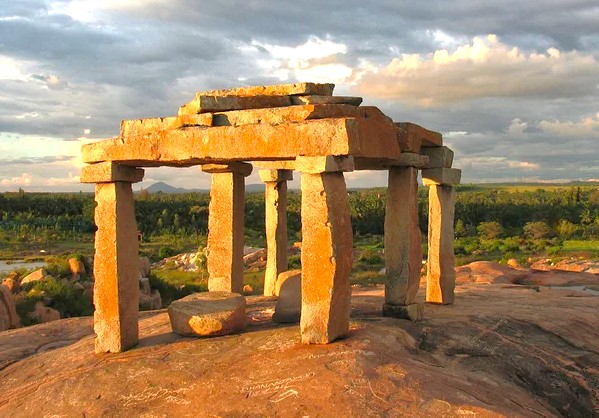
Having witnessed countless battles between the powerful northern Mughals and the proud southern kingdoms. This region served as a crucial meeting point for these empires, with cities like Bidar, Bijapur, and Golconda standing as famous sites of immense strategic importance. The plateau’s unique landscape, with its dense forest cover and rugged terrain, offered a natural defense, giving local rulers a wonderful tactical advantage in resisting threats and protecting their homelands. After many long struggles, the region eventually fell under the Mughal Emperor Aurangzeb in the late 17th century, marking a major turning point.
The Best Stories Never Start With "I Stayed Home" - Join Us
A gentle adventure your friends will need photographic evidence that you were there. The wondeful Plateau stands as a dynamic region where ancient heritage meets contemporary progress. Spanning across a vast portion of peninsular India, it continues to play a crucial role in the country’s rural and industrial development. Major cities such as Hyderabad, Pune, and Nagpur serve as bridges between its historical roots and modern advancements. These urban centers are thriving places of economic activity, contributing significantly through their IT industries, steel production, and agricultural exports, boosting both regional and national growth.
The Benefits of Mutual Exchange
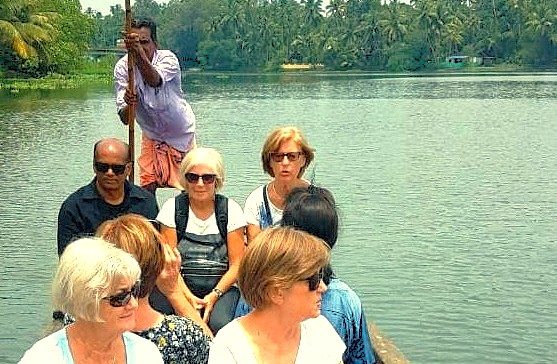
A visit to the Deccan Plateau offers a wonderful exchange of benefits, creating a positive experience for both you and the local communities. For you, the visitor, it's a chance to immerse yourself in a land of incredible diversity. You can explore ancient ruins that tell stories of powerful kingdoms, witness the stunning natural beauty of the landscapes, and connect with the warm and welcoming people. This journey enriches your own understanding of India’s vibrant history and culture. In return, your visit brings significant support to the region. By exploring the Deccan, you help sustain local economies, support skilled artisans, and contribute to the preservation of priceless heritage sites.